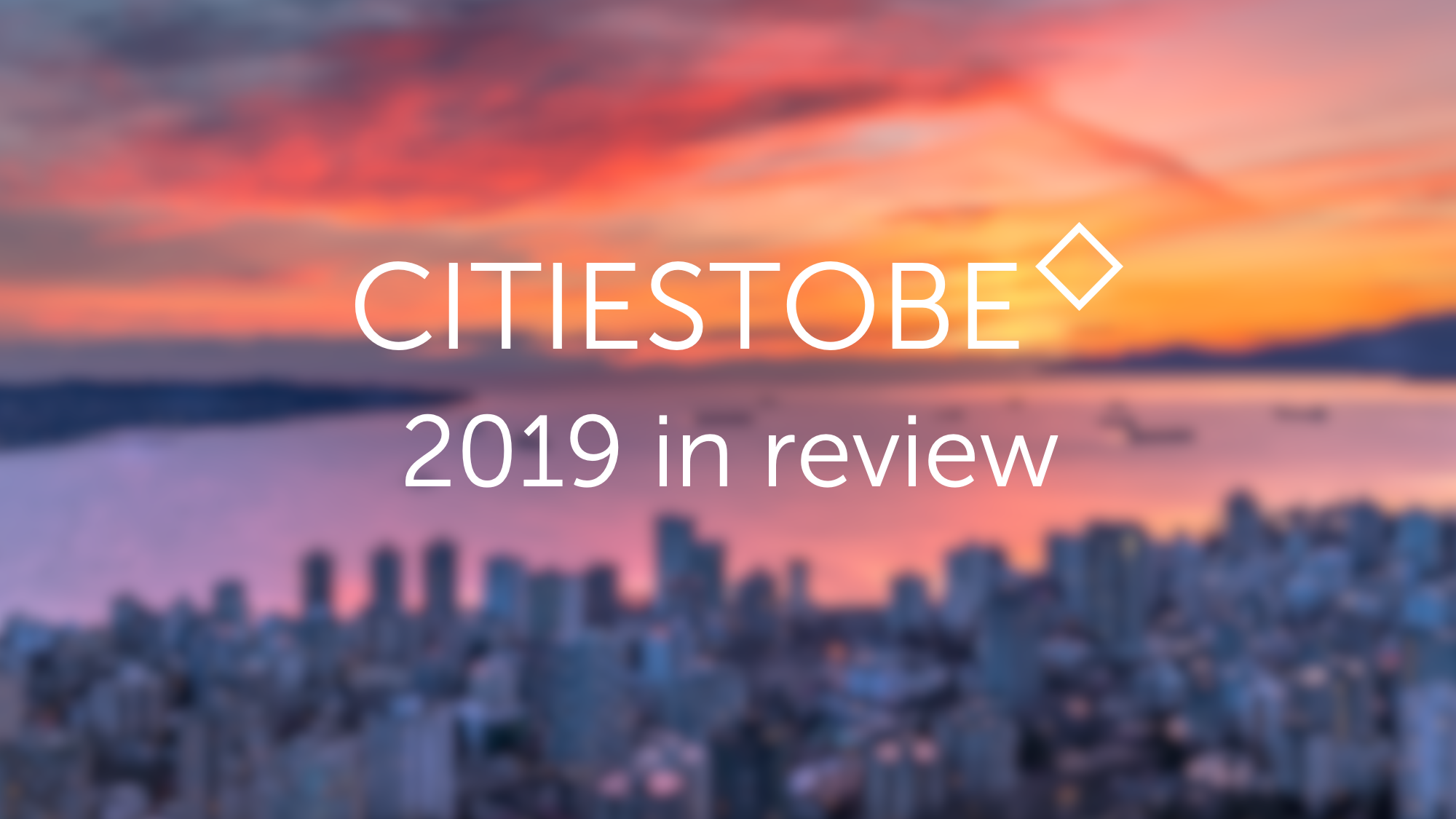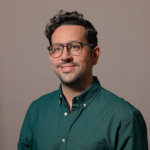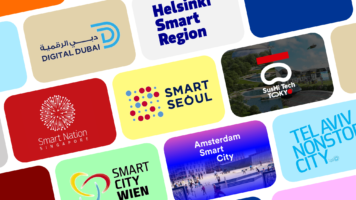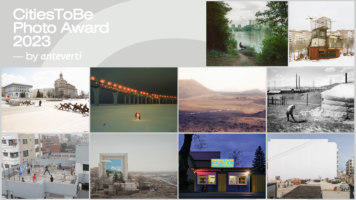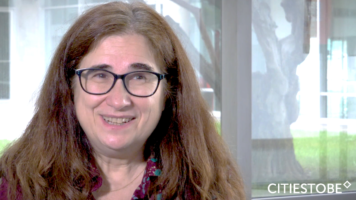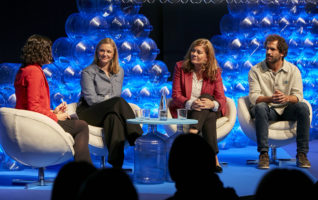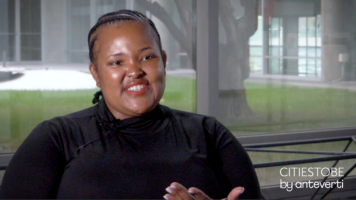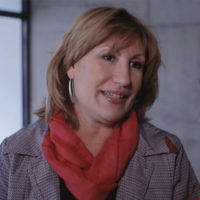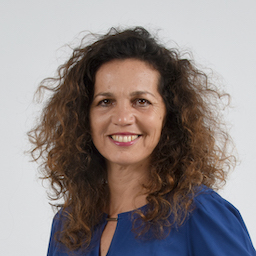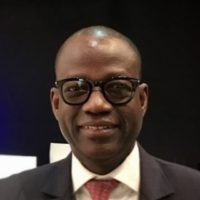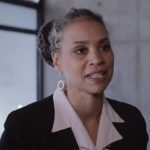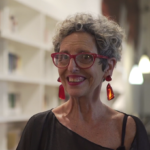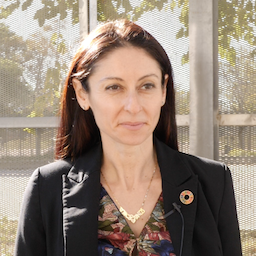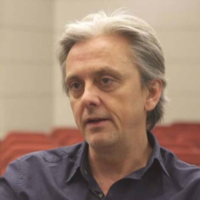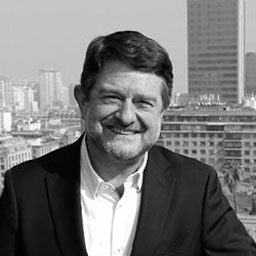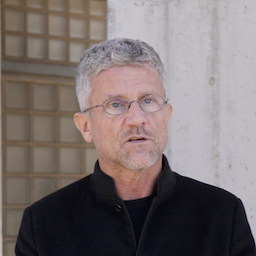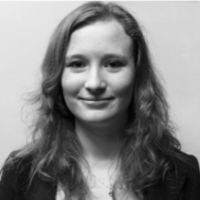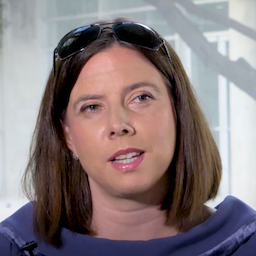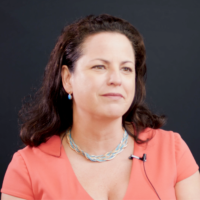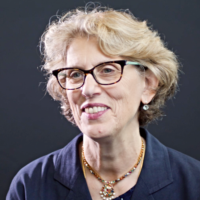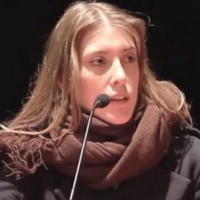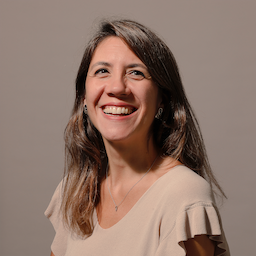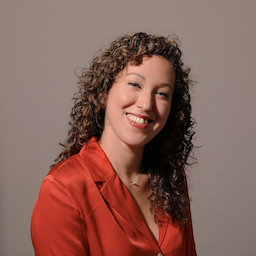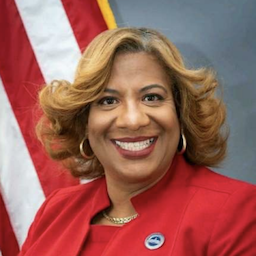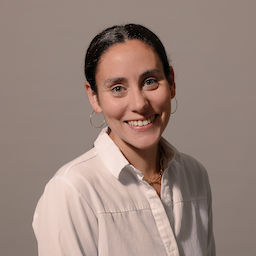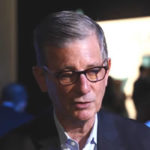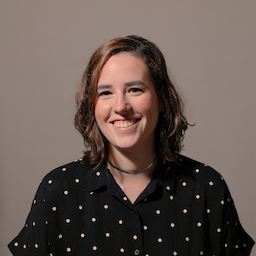2019 in Urban Challenges: CitiesToBe review of the Year
By | 2019
Feminist urbanism, creativity for sustainability, radical inclusion and growing inequalities: we list this year’s most popular topics according to the visitors of this blog, as 2019 comes to an end and we welcome a new decade.
Feminist urbanism: putting a gender perspective at the core of city planning
“No city can be smart and sustainable if half of its population is not safe and lives in fear of violence”, UN Women Deputy Executive Director Lakshmi Puri once stated. Indeed, 2019 has succeed in adding more voices into the fight for women’s rights and empowerment – and at CitiesToBe we wanted to explore how urbanism and the way urban areas are designed can contribute to build better cities for all.
✍️ Read Tamara Drove’s full article here
How can feminist urbanism help build more equal cities? That is the question that International Cooperation consultant and researcher Tamara Drove from Chile answered in her article. The importance of consolidating coherent public policies that tackle gender disparities from their root-causes – as it is the case today in Latin America – and the need for a stronger involvement of women and girls in the making of decisions that affect their safety are two of the answers that she highlights as crucial. Because, above all, better participatory dialogue and processes hold the key to more inclusive design.

«Inclusion it’s not just looking at ramps»
Urban inclusion requires a comprehensive look. Cities are amazingly diverse places where different needs coexist – and some of these needs are not being tackled effectively by city planning and urban management. Dr. Victor Pineda is an urbanist and innovation specialist. But above all, he is an inclusion activist and expert: he leads the work of World Enabled, a non-profit organization which conducts research to inspire political action towards the full inclusion of persons with disabilities. To him, one thing is clear: cities are still leaving people with disabilities out.
?️ Watch Dr. Victor Pineda’s full interview here
And this is not just when it comes to infrastructure, but also to economic opportunities, participation or institutional representation. Because, as he highlights, «inclusion it’s not just looking at ramps, but looking about the broad spectrum of human conditions».
However, momentum is building. The Sustainable Development Goals, the New Urban Agenda and the UN Convention of the Rights of Persons with Disabilities are for Pineda a “unique opportunity to make a substantial impact in this global transformation”. So let’s take the right path.
«Technology should be in the hands of everyone and used for the common good»
Is there any relation between growing urban inequality and sharing platforms? That is one of the questions that we asked to Juliet Schor, Professor of Sociology at Boston College and a sharing economy widely-known researcher.
She acknowledges that “gig” labor platforms can contribute to the economic empowerment of citizens, but entail risks as well. One paradigmatic example of this trend is Airbnb. “There is no doubt that it has made it possible for some middle class people to stay in their homes”, she told us, “but at the same time research shows that it has very much contributed to gentrification and rising rents”.
? Watch Juliet Schor’s full interview here
But how to find balance? Ongoing regulation is critical to answer this question, and local governments have a lot to say. “Cities are now becoming much more proactive to make sure that sharing platforms are operating in ways that are really benefitting the residents of the city”, Schor pointed out. A trend that coincides with her vision of the urban future. “Technology should be in the hands of everyone and used for the common good”, she concluded.
Urban art and science: tackling climate change creatively
But it is not always about technology and digital innovation. Art and obviously science are also essential to tackle urban challenges successfully – as anteverti consultant and Environmental Science and Fine Arts graduate Mons Badia highlights in her article on the link between creativity and urban sustainability.
? Read Mons Badia’s article here
“Studying about nature and the threats of climate change had a strong influence on my artistic work”, she highlights. “Art, at its turn, enabled me to look at such menaces from a creativity-based perspective, allowing me to identify multiple feasible solutions to climatic issues”, Mons Badia adds.
From Banksy‘s hand-written and half-submerged ‘I don’t believe in global warming’ to the Incredible Edible initiative, the article features 10 examples of art pieces and citizen initiatives that are boosting urban sustainability and tackling climate change from a creative perspective. Because as Mons Badia says, if there is a way to approach the mission of improving the world creatively while making it fun… why wouldn’t we?

Many more experts on urban planning, inclusive cities and innovation will join Cities To Be in 2019. Subscribe our seasonal newsletter here and keep up to date with our interviews and articles on the present and the future of cities.
About the authors
Sergio García i Rodríguez is an expert in strategic communication, internationalization, and new digital narratives with over 10 years of experience working for international organizations, the press, and the private sector. Since 2018, he has served as the Head of Communication at Anteverti, the executive editor of their knowledge platform, CitiesToBe, and a senior consultant.
Sergio's projects have included assisting Seoul in designing its new Smart City Brand, conceptualizing the narrative of the New Urban Agenda of Catalonia, and creating various concept stands for the city of Barcelona at the Smart City Expo World Congress. Before this role, he led and implemented strategies and initiatives at the UNDP, T-Systems, and Agencia Efe. He holds a master's degree in International Studies, a postgraduate degree in Digital Content, and a bachelor's degree in Translation.

